4 Things To Do While You’re At Home
The first day of spring is here and no one imagined spending most of Spring at home but here we are. To help with boredom here are some activities you can do while at home!
Indoor camping
If you’re stuck at home with kids struggling for ideas to keep them occupied then indoor camping might be the way forward.
- get the snacks and drinks – hot chocolate is a good choice
- Make some games – cards, board games or treasure hunt
- You can use a tent or make one out of bedsheets and blankets
- Make sure to fill the tent with blankets and pillows so its extra comfy
 Indoor S’mores
Indoor S’mores
To fit with your indoor camping why not make some food to enjoy! S’mores are the best treat to have while camping. Grab some crackers, marshmallows, and chocolate and you are ready to go. Check out our other blog all about S’more and other yummy ingredients you can use.
Gardening
Being inside for most of the day isn’t fun so bring some of the outside inside by taking up gardening!
Start easy with some herbs like basil, rosemary or mint, make sure you don’t overwater them and they have adequate drainage. Another idea is making your own terrarium, this is a collection of small decorative indoor plants that created by you is one of a kind. You can buy kits to help you get started then once you’ve got the gist you can experiment with other decorative elements.
If you do have access to a garden then go to town with herbs, vegetables or flowers. Did you know using Firemizer in your wood burner creates finer ash. This can be used in your garden or for composting.
 Movie Night
Movie Night
Who doesn’t love watching a film! So why not make it more memorable than just sitting on the sofa. Create your own cinema, get some sweets and popcorn, set up a comfy, cosy seating area full of blankets and pillows and you’re ready to go. Don’t forget the films though!
 These are very trendy and easy to find. Popular succulents are living stones, lithops, money plant and crassula ovata.
These are very trendy and easy to find. Popular succulents are living stones, lithops, money plant and crassula ovata.  All you need to cook is warmth from the fire and hot flat surface to cook on
All you need to cook is warmth from the fire and hot flat surface to cook on 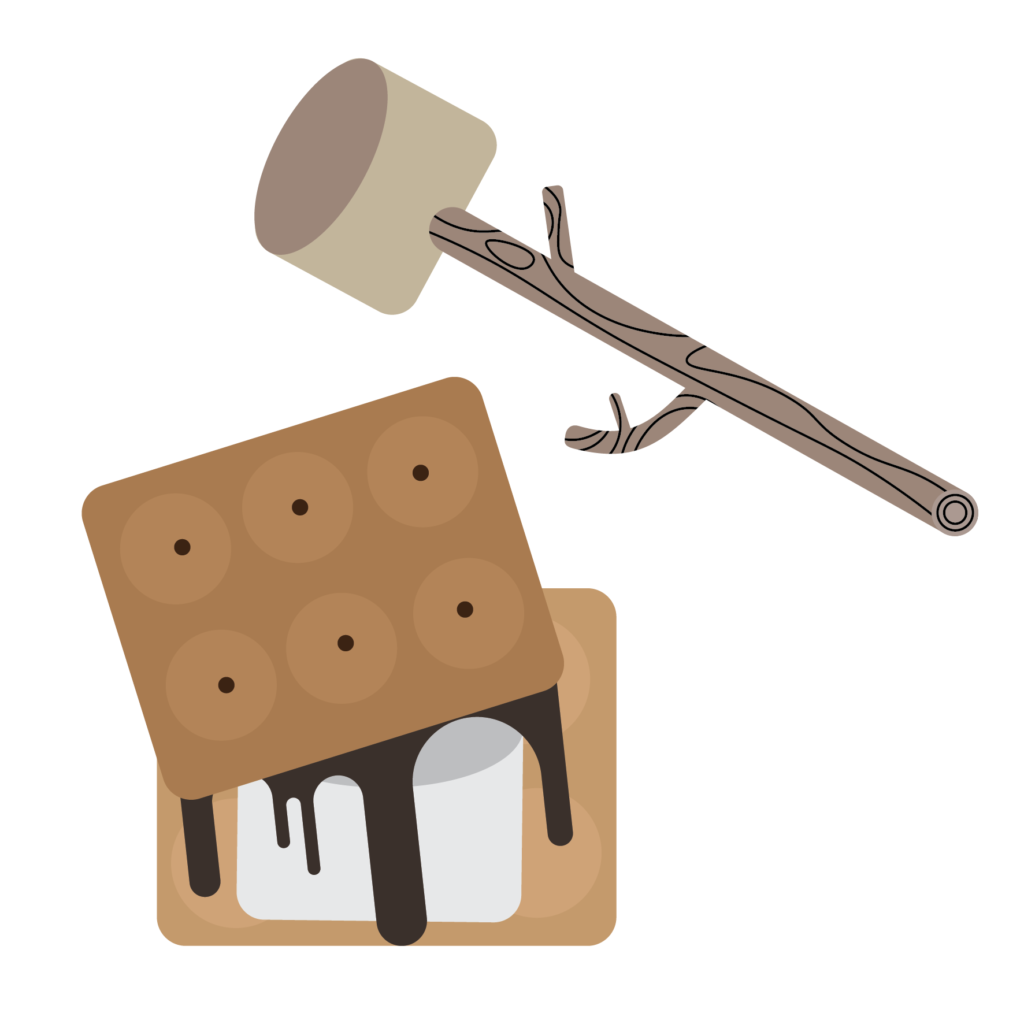 The Campfire Percolator Coffee Pot
The Campfire Percolator Coffee Pot Repelling allergens
Repelling allergens 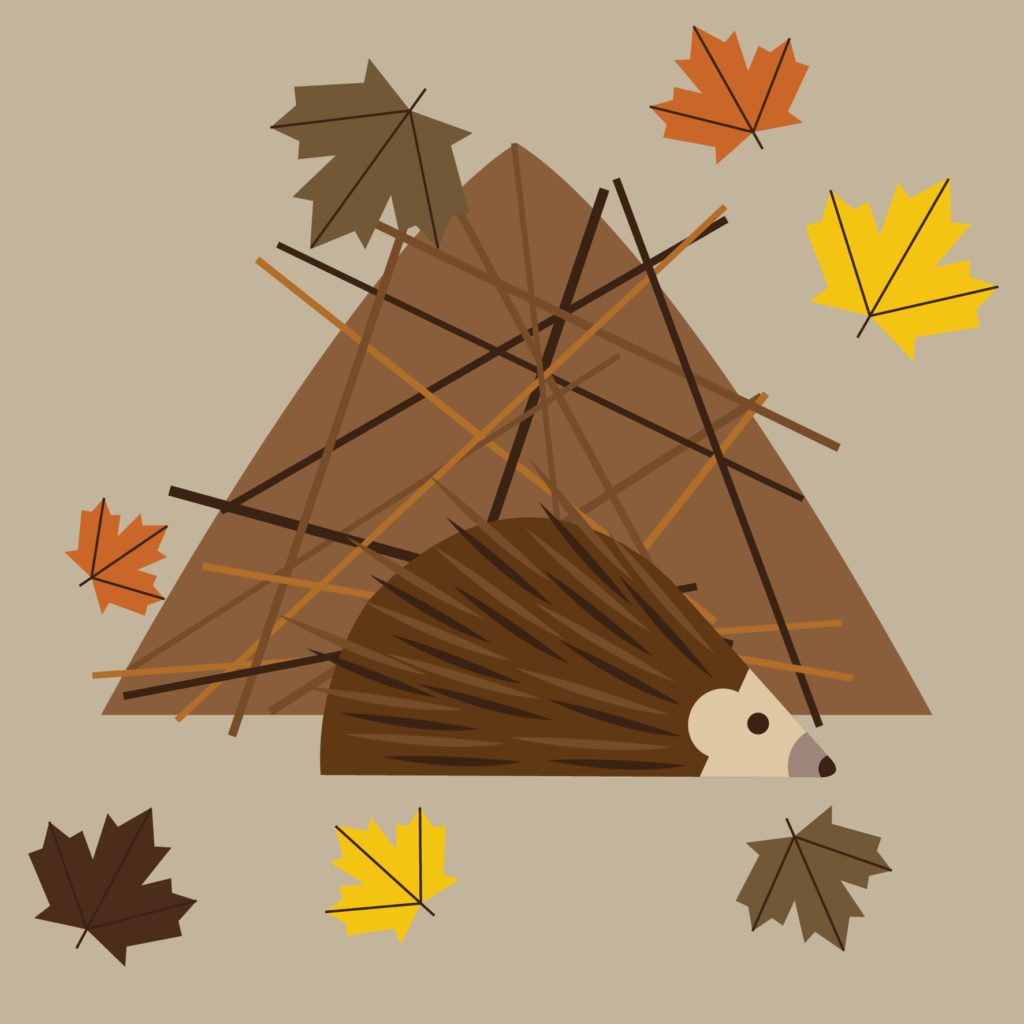 Good for the environment
Good for the environment 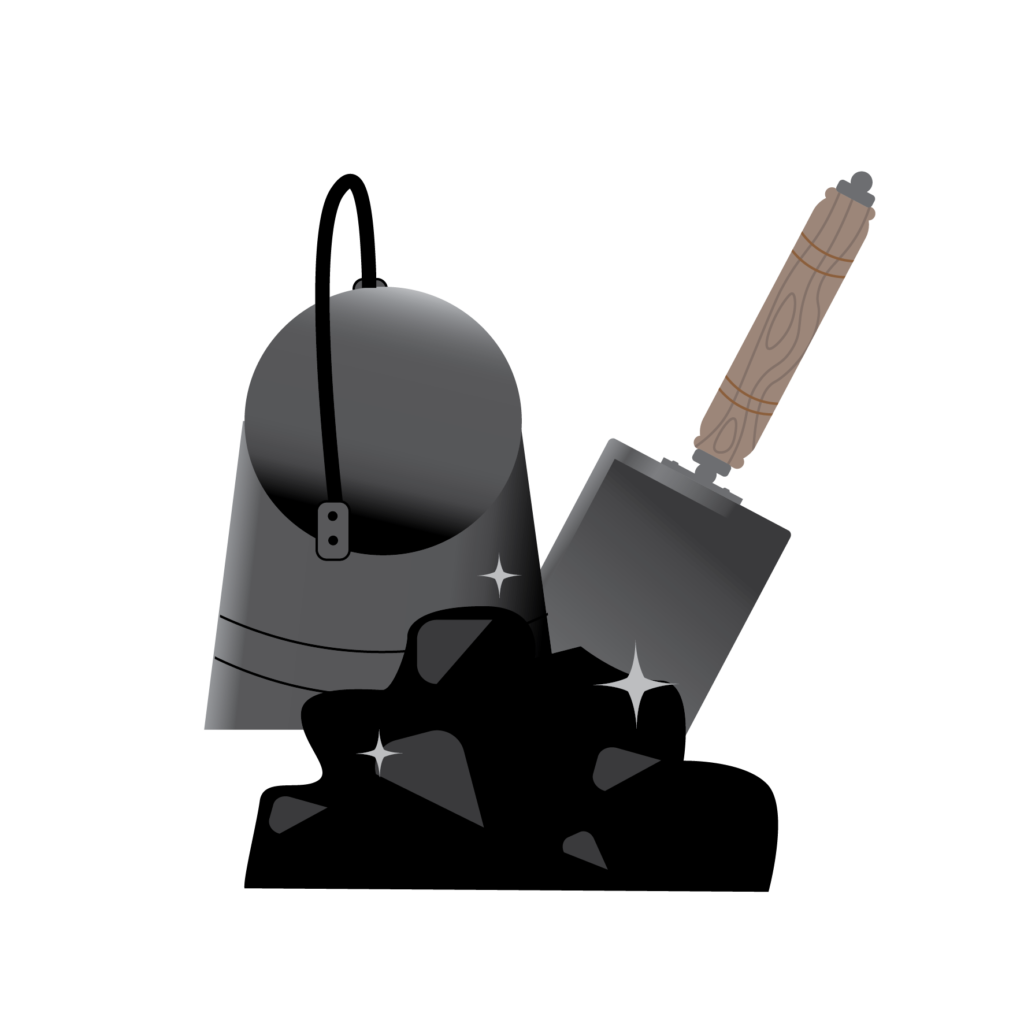 Cleaning
Cleaning 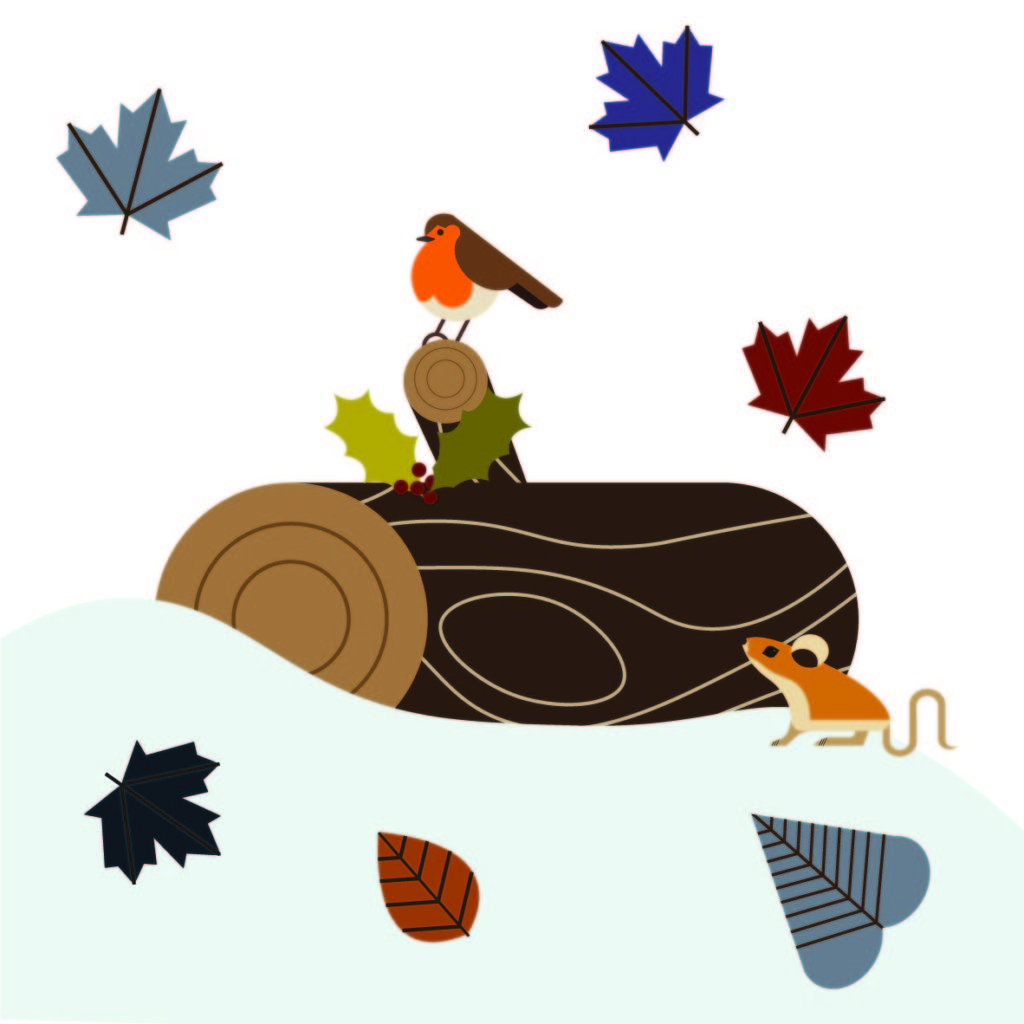 Similar traditions
Similar traditions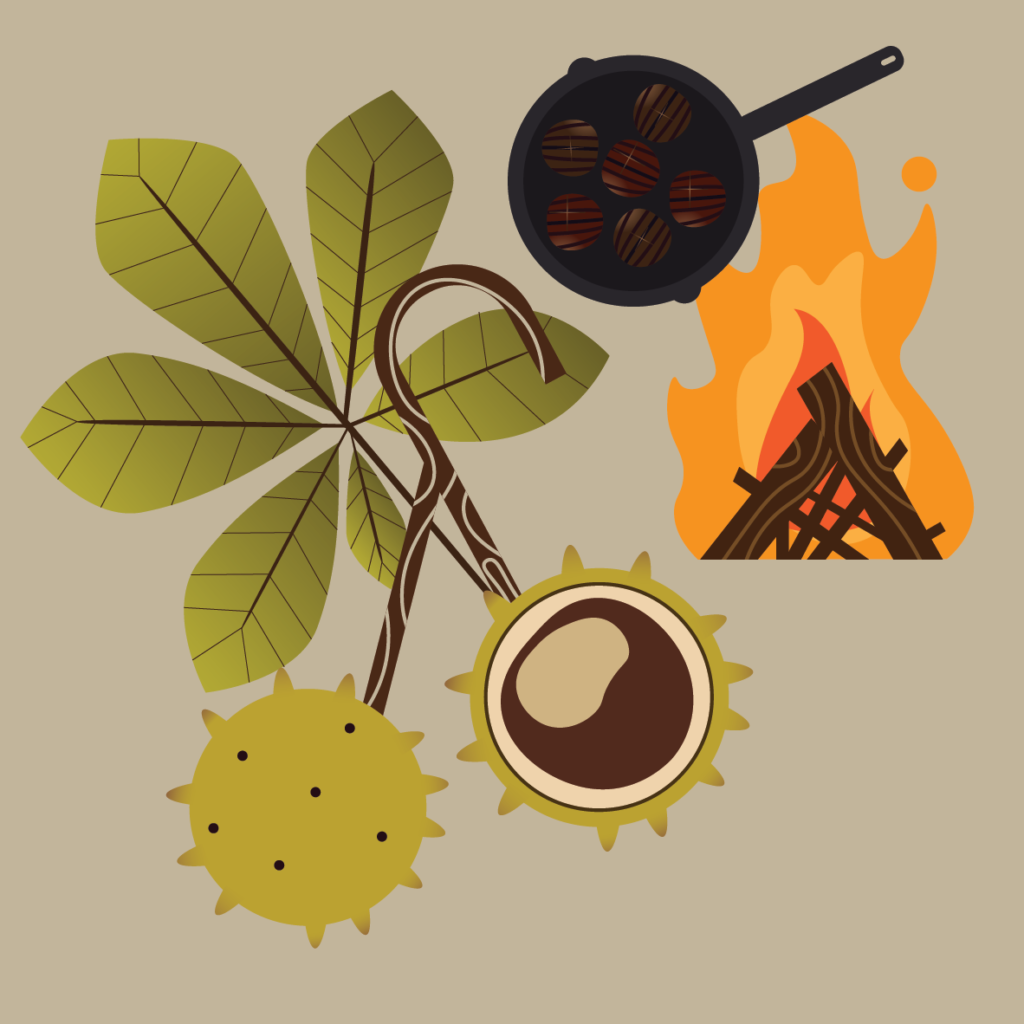 Roasting over an open coal fire
Roasting over an open coal fire 3. Fire safety
3. Fire safety  6. Keeping small pets warm
6. Keeping small pets warm